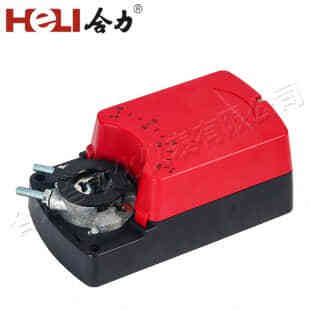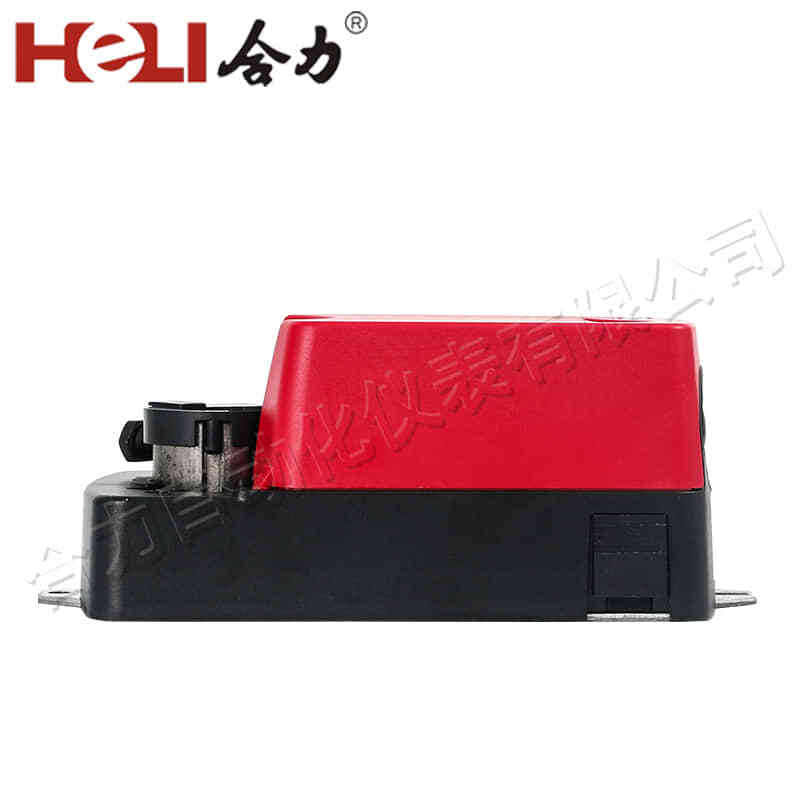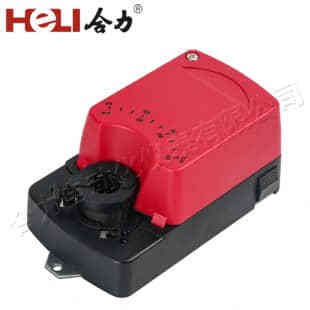understanding damper actuator: a key component in hvac systems
Release time:2025-10-18 17:46:42
Damper actuators are essential devices used to control the airflow within heating, ventilation, and air conditioning (HVAC) systems. They serve a crucial role in regulating the movement of dampers, which in turn control the volume and direction of air within ducts and vents. These actuators are used across a wide variety of industries, from commercial buildings to industrial applications, to ensure efficient airflow management, energy conservation, and optimal temperature control. This article aims to explain what a damper actuator is, its types, functions, and its significance in modern HVAC systems.

What is a Damper Actuator?

A damper actuator is a mechanical device designed to control the opening and closing of a damper within an HVAC system. Dampers are valves or plates that adjust the flow of air through ducts, providing control over ventilation, airflow distribution, and temperature regulation. The damper actuator is responsible for precisely operating these dampers, ensuring that the air supply is adjusted according to the system’s needs. The actuator translates a control signal into mechanical motion, whether electric, pneumatic, or hydraulic, depending on the system’s configuration.




